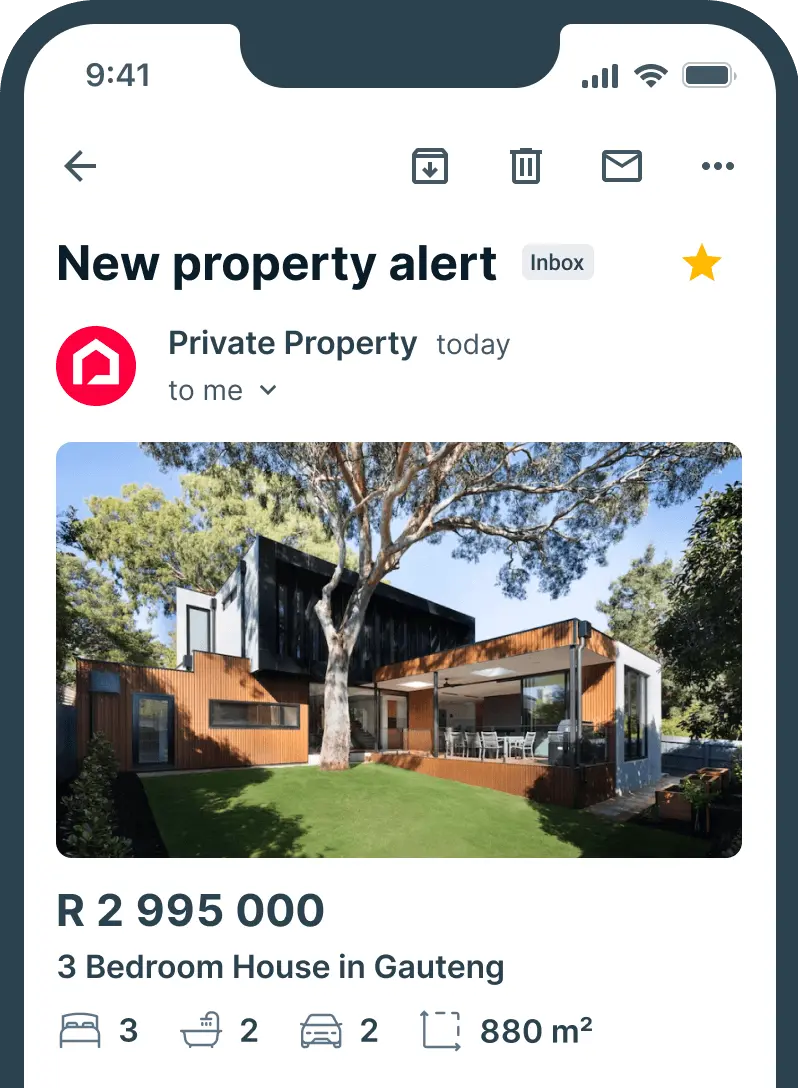Rowan Terry, Senior Legal Counsel at TPN from MRI Software, addresses the most-commonly asked questions about rent-to-buy, so that you can determine whether this model will work for you.
It helps to break the rental cycle that you may find yourself in, and gives you time to work towards saving for a deposit, sorting out any debt that you may have, and gives you an opportunity to start planning ahead for any renovations you may wish to make, once the property has transferred into your name.
Q1: What is Rent-to-own?
Rent-to-own is an agreement where a tenant rents a property with the option to purchase it later. A portion of the rent paid during the lease period may be allocated towards the future purchase price.
Q2: Why is this a good way to prepare for homeownership?
This allows tenants to save for a deposit while living in the home.
This locks in a purchase price upfront, protecting the tenant against rising property values.
- It helps renters with limited credit history build financial stability before applying for a home loan.
Q3: What are the challenges or pitfalls?
The purchase price is typically set at the start, which could be risky for the tenant if property values drop as they are bound to the fixed purchase price.
If the tenant fails to buy, any extra money paid (towards ownership) may not be refundable.
Maintenance costs may be split differently from standard rentals, putting more responsibility on the tenant. This would need to be specifically stated in the lease agreement and the agreement must be carefully drafted to avoid future disputes.
Q4: How does a renter approach the concept with the owner, or vice versa?
The tenant can propose the idea to the landlord at inception of the lease agreement, highlighting their long-term interest and offering a rent-to-own agreement.
Owners considering selling their property may see it as a way to secure a future buyer while earning rental income.
A formal agreement must be drawn up with clear terms on rent, purchase price, responsibilities, and exit clauses.
Q5: What sort of term before the transition is ideal?
There is no legislative limitation on a rent-to-own agreement but this can usually be one to three years to allow time to build savings and credit.
A shorter term (e.g., six months) could work if the tenant is already financially prepared.
Q6: What are the tenant’s legal obligations, and what happens if either party changes their mind?
The tenant must comply with lease terms, make necessary payments and attend to necessary maintenance requirements during their lease period.
If the tenant changes their mind or cannot buy, they might lose any payments already made to the purchase price.
If the owner backs out, the tenant may be entitled to compensation or legal recourse, depending on the terms of contract.
Q7: Should the tenant undertake renovations during the tenancy period?
Small improvements may be allowed, but major renovations usually require written consent from the landlord before the renovations can take place.
Tenants should not invest heavily in renovations unless ownership is guaranteed. It is suggested to conclude a written agreement or addendum defining the terms of the renovation, who is responsible for the payments, if those fixtures will become part of the landlord’s property or if it will be retained by the tenant.
“When it comes to rent-to-own, it is vital that your lease agreement covers all the necessary conditions of the possible sale, exit clauses, time periods to execute the right to purchase the property etc,” says Terry.
“It is recommended to approach an attorney’s firm for formal assistance in drafting the specific legal clauses relating to a rent-to-own situation.”




